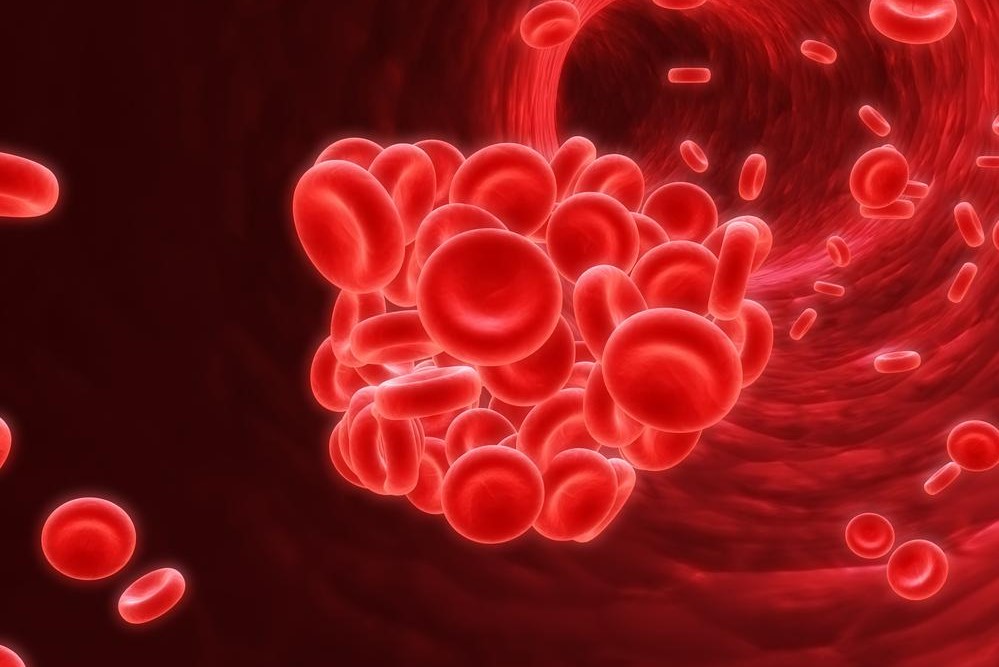Causes, Symptoms, and Management of Blood Clots
Learn about blood clot causes, symptoms, and treatment options. Recognize risk factors like prolonged immobility and lifestyle habits. Early diagnosis and medical intervention are vital to prevent life-threatening complications such as stroke, pulmonary embolism, and heart attacks. Post-treatment lifestyle changes help ensure long-term health and reduce the risk of recurrence.

Causes, Symptoms, and Management of Blood Clots
Blood clot formation is a natural process that occurs when the body repairs injuries, transforming blood into a semi-solid state to prevent excessive bleeding. However, abnormal clots inside blood vessels can cause serious health problems. Clots in areas such as legs, lungs, heart, or brain can be life-threatening and require immediate medical attention. Recognizing risk factors and early symptoms is crucial for timely diagnosis and treatment.
Risk Factors for Developing Blood Clots
Pregnancy
Prolonged immobility, such as long flights or bed rest
Smoking habits
Cancer diagnosis
Use of certain birth control methods
Overweight status
Family history of clotting issues
Older age, especially above 60
Symptoms Indicating Blood Clots
Symptoms depend on the location of the clot. Clots in the legs often cause swelling, cramps, warmth, and skin redness. Larger clots may produce more severe signs. Clots in the heart can cause chest pain, heaviness, and breathing difficulty, sometimes leading to heart attacks. Abdominal clots may cause pain and swelling, resembling digestive problems. Brain clots can result in strokes, with sudden severe headache, vision issues, or speech problems. Pulmonary embolism, from lung clots, presents as chest pain, coughing blood, shortness of breath, and rapid heartbeat.Strategies for Treating Blood Clots
Blood clots in the legs, called Deep Vein Thrombosis, can travel to the lungs, causing pulmonary embolism. Early detection is critical; treatments include blood thinners or procedures such as IVC filter placement to prevent migration. Clots in the brain, heart, or abdomen require immediate emergency care, with diagnostic tests guiding treatment options like anticoagulants or surgery. After recovery, lifestyle changes such as increased activity, quitting smoking, weight management, and regular medical check-ups are key to prevent recurrence and promote health.Note: This article is for informational purposes only and should not replace professional medical advice. Consult healthcare providers for diagnosis and treatment plans.


